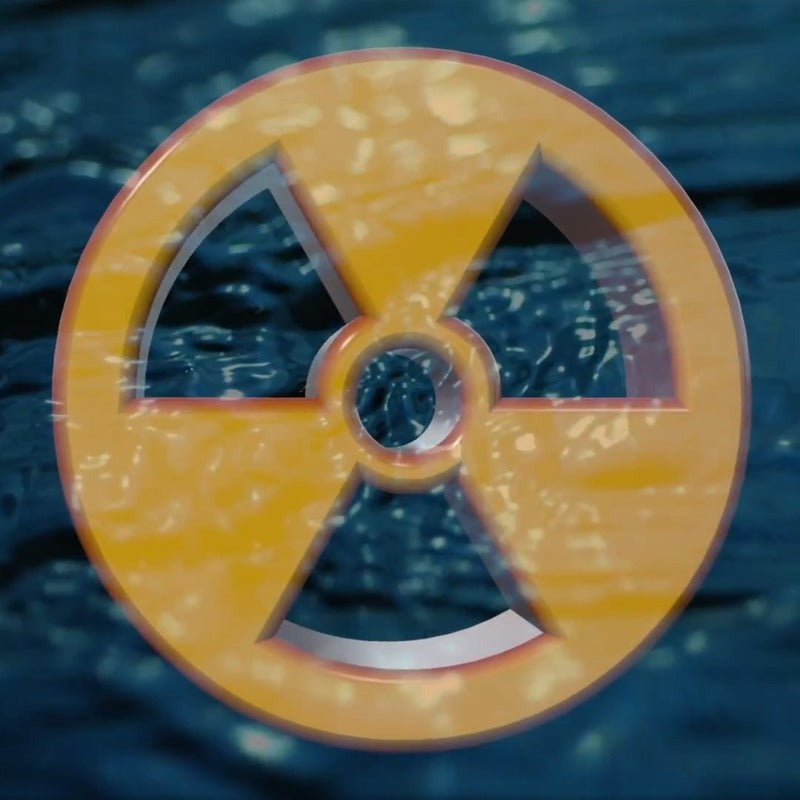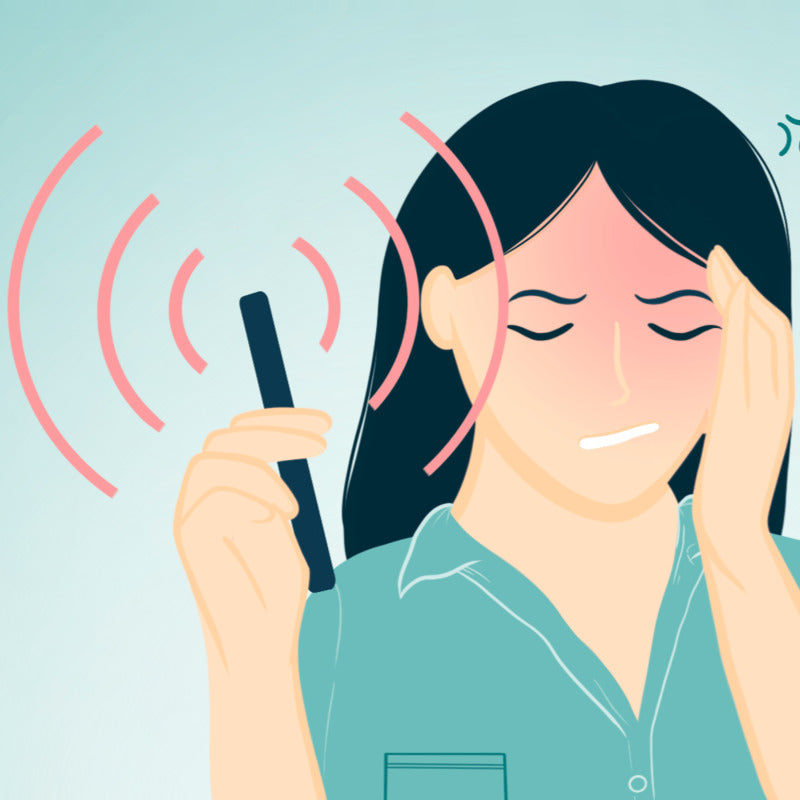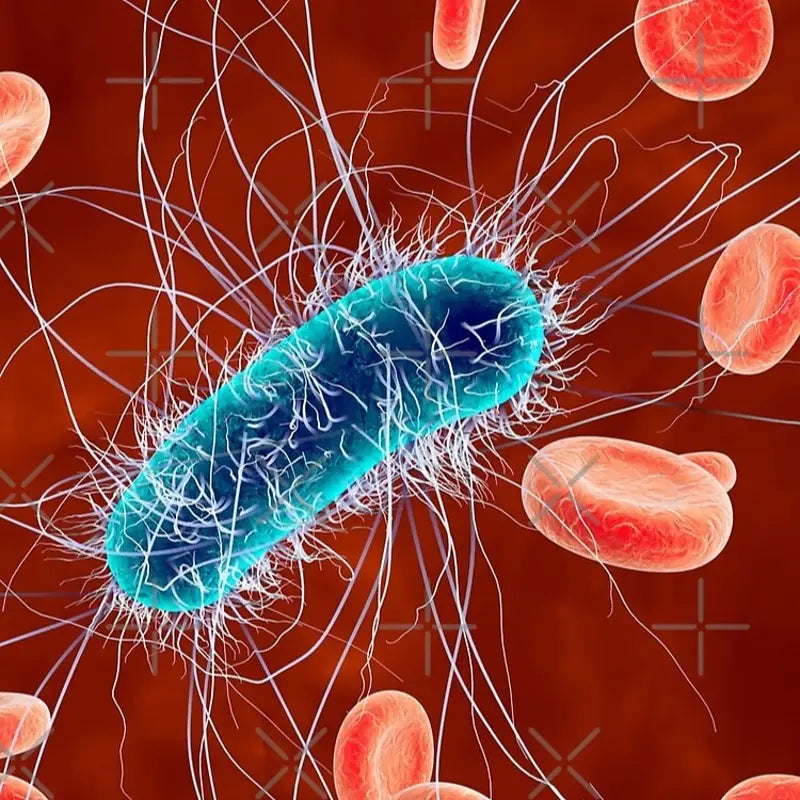Did you know that nearly 40% of neighborhoods near industrial sites report elevated radiation levels? This alarming statistic underscores the importance of assessing potential radiation contamination in our communities. Checking for radiation contamination is crucial for ensuring community health and safety, particularly in areas with a history of industrial activity or proximity to nuclear facilities. This article will introduce the main methods and tools available for assessing radiation levels in your neighborhood, empowering you to take informed action.
Understanding Radiation Contamination
Radiation contamination occurs when radioactive materials are present in the environment, posing health risks to the community. Common sources include industrial sites, nuclear facilities, and even medical waste disposal. Prolonged exposure to radiation can lead to serious health issues, including cancer and organ damage. Thus, the need for regular monitoring is paramount.
Residents should be aware of common signs of contamination, such as unusual vegetation growth, increased wildlife deaths, or persistent reports of illness in the area. Recognizing these signs early can help initiate appropriate testing and protective measures.
Tools for Checking Radiation Levels
When it comes to monitoring radiation levels, various radiation monitoring equipment is available for both home and community use. Here’s an overview of some essential tools:
- Geiger Counters: These handheld devices are widely used for detecting ionizing radiation. They work by measuring the number of ionizing particles in the air, providing real-time readings of radiation levels. Geiger counter reviews often highlight models that offer high accuracy, durability, and user-friendly interfaces, making them a popular choice for home monitoring.
- Radiation Counters: Other options include dosimeters, which measure cumulative radiation exposure over time, and scintillation counters, which provide rapid readings of radiation levels. Each device has its specific use, and understanding these can help you select the right equipment for your needs.
- Geiger Counter Reviews: When selecting a Geiger counter, look for features such as sensitivity, measurement range, and battery life. Brands that frequently receive positive feedback include GQ Electronics and Radiodetection, known for their reliability and precision.
Soil and Environmental Testing
Testing the soil in your neighborhood for radioactive materials is crucial. Soil contamination testing can reveal hidden dangers that may not be immediately visible. Here’s how to conduct soil testing effectively:
- Collecting Samples: Use a clean, sterile container to collect soil samples from various locations in your neighborhood, especially near potential contamination sources like old factories or landfills.
- Sending Samples for Testing: Once collected, send the samples to a certified laboratory for analysis. Many labs specialize in radioactive material testing and can provide detailed results.
- Interpreting Test Results: Understanding the results of soil contamination tests is essential. Familiarize yourself with radiation exposure limits to determine if your neighborhood's soil is safe. Levels below these limits typically indicate a lower risk to health.
Community Health Resources
Engaging with community health resources is vital in assessing and addressing radiation concerns. Local health departments play a significant role in conducting community health assessments, monitoring radiation levels, and providing guidance.
- Engaging with Local Authorities: Reach out to your local health department for information on previous assessments and potential resources available for residents. They can provide valuable data and support.
- Participating in Community Initiatives: Getting involved in local initiatives aimed at monitoring and improving community health can help raise awareness and prompt action regarding radiation issues.
Reporting and Responding to Concerns
If you suspect radiation contamination in your neighborhood, it's important to take the following steps:
- Reporting Radiation Concerns: Document any observable signs of contamination and report them to local authorities. This could include strange vegetation, increased illness reports, or unusual wildlife behavior.
- Community Action Plans: Residents can work together to form action plans addressing contamination issues. This may include organizing community meetings to discuss concerns and solutions, such as petitions to demand further testing.
- Emergency Preparedness: Ensure your household is prepared for potential radiation exposure. Create evacuation plans and maintain an emergency kit that includes essential supplies and information.
Conclusion
In conclusion, checking for radiation contamination in your neighborhood is essential for safeguarding community health. Utilizing the right tools, such as radiation detection devices like the Milerd HiStand, allows you to monitor radiation levels effectively. Take proactive steps in assessing your surroundings, and engage with community resources to ensure a safer environment for you and your neighbors. By staying informed and vigilant, we can collectively address and mitigate radiation contamination issues in our communities.



Hinterlasse einen Kommentar
Diese Website ist durch hCaptcha geschützt und es gelten die allgemeinen Geschäftsbedingungen und Datenschutzbestimmungen von hCaptcha.